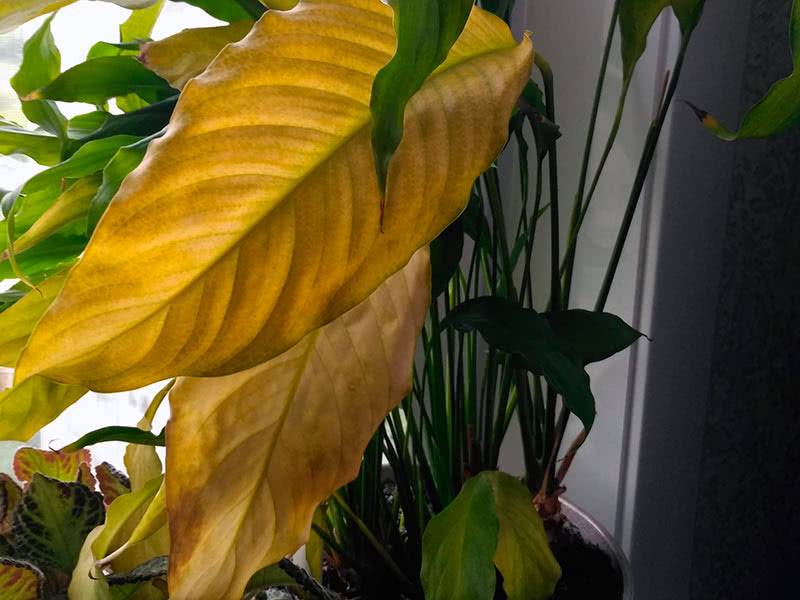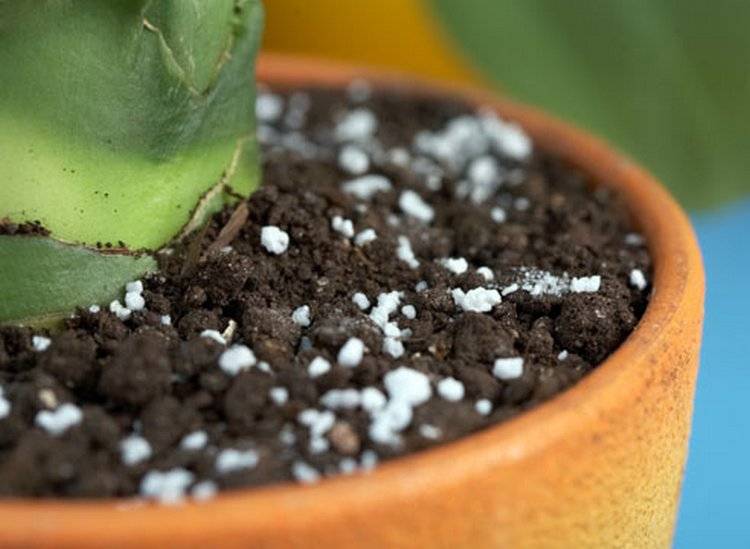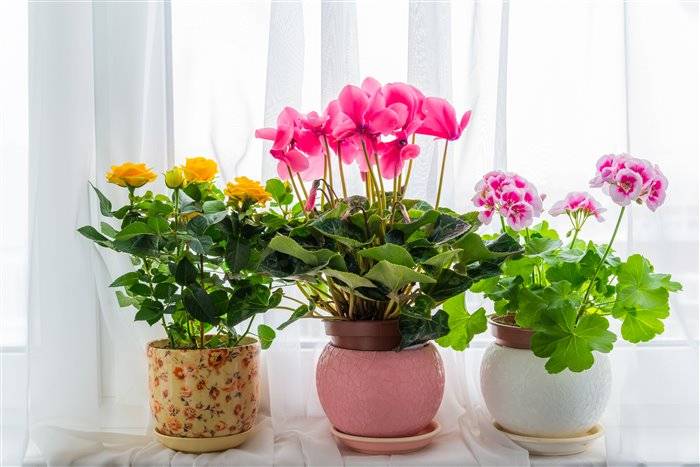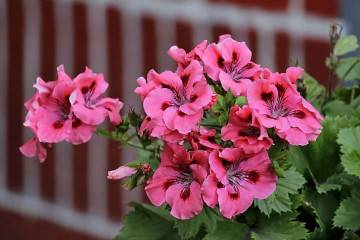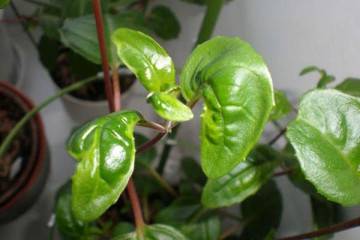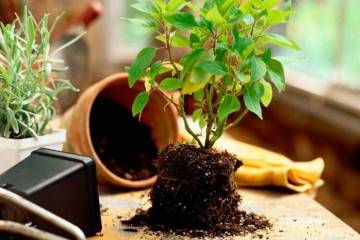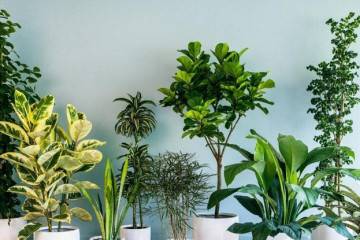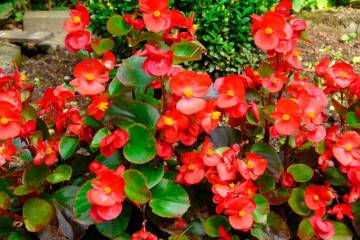Why do the leaves of indoor flowers turn yellow - what to do
Content:
- Causes of yellowing of leaves and how to fix the problem
- Dry air as a cause of yellowing
- Insufficient watering
- Lack of lighting
- Excess lighting
- Lack of fertilizers and nutrients in the soil
- Excess fertilizer
- Disadvantages of temperature conditions
- Pot for indoor flower
- Infectious diseases
- Pests of indoor flowers
- Natural aging of plants
- How to care for flowers so that the leaves do not turn yellow
Many plants live in homes and offices. Each variety and type of indoor flowers has its fans. Someone loves roses and ficuses, while someone likes a modest geranium. Taking care of home plantings, novice and experienced flower growers face various problems. Indoor plants, instead of delighting with luscious greenery and abundant flowering, begin to fade, hurt, their leaves fade and dry. Why do the leaves of indoor flowers turn yellow - what to do in this case is described in this article.
Causes of yellowing of leaves and how to fix the problem
When the leaves of indoor plants turn yellow, before doing something, you need to figure out the reasons. Each problem has its own solution. The situation with yellowed leaves is aggravated by the fact that there are a lot of reasons leading to such a sad result. Most often they require a comprehensive solution.
It is possible to restore the lost color of the green leaves only after establishing the cause of yellowing and getting rid of it. Risk factors why indoor flowers turn yellow are conventionally divided into two large groups:
- Violation of plant agrotechnology. These reasons are most common. Especially for novice florists. A change in the color of the leaf plate is the very first reaction of a plant to inappropriate care. Of course, each flower needs an individual approach. But since they are all contained in houses, the solutions for different types often coincide.
- Pests and diseases. They are dangerous in that they can spread from one infected plant to others. Affected specimens must be urgently treated or, if the disease is incurable, destroyed.
The various causes of yellow foliage and how to fix them are discussed in detail below.
Dry air as a cause of yellowing
Dry air is a winter problem. Dried up by central heating radiators, it draws moisture from the leaves. Plants with thin delicate leaves are the first to suffer. They turn yellow and dry out.
You can humidify the air with special household appliances and with the help of devices made from scrap materials.
The problem can be solved by regular spraying, although this method is not suitable for plants with pubescent leaves, as well as begonias and some other species. A good option might be a container with water or wet expanded clay, installed next to the pots.
Insufficient watering
The yellowing of the tips of the leaves is a sure sign that the plant needs moisture. Even with regular watering and a damp substrate, it can happen that the roots do not receive enough of it.
Using untreated water for irrigation can also cause yellow leaves. Hard, unsettled tap water will cause yellowing and wilting of plants.
Watering is carried out until water begins to appear in the pan.With very dry soil, you can water the flower by immersing the pot 2/3 in water for a while, letting the water soak the whole lump.
Lack of lighting
With a lack of light, the foliage of indoor flowers loses color unevenly, and often completely falls off. A similar leaf fall is typical for hibiscus.
Flowers will turn yellow if the pots are too far from the light source, or on the windowsills facing north, northwest.
Light-loving plants especially suffer from a lack of sunlight. The lack of natural light is easily compensated by artificial light. A luminaire with a fluorescent lamp will do. Such lighting does not overheat the flower, consumes a minimum of energy.
Sometimes you can solve the problem by turning the yellowed part of the plant towards the light.
Excess lighting
Direct sunlight is equally harmful to plants.
Bright rays leave burns on the leaves. These yellow spots will appear on the lighted side of the plant.
Shade-loving species require less light and have a greater risk of damage from excessive lighting.
Lack of fertilizers and nutrients in the soil
The lack of nutrients in the soil affects the metabolic processes of the plant. The lack of a particular substance can be determined by specific signs:
- Nitrogen. A macroelement, indoor flowers, growing for a long time in the same substrate, suffer from its lack. The foliage becomes pale green or yellow, shrinks and withers.
- Calcium deficiency is determined by a specific yellowing of the tips of the leaf blades.
- Magnesium. Its lack can be determined by small specks between the veins, which increase in size over time. If magnesium is not supplied to the plant at all, then the yellow color of the leaves turns into orange and red.
- Copper deficiency is similar to magnesium deficiency, but foliage wilting is added to the symptoms.
- The lack of manganese will be expressed in the acquisition of gray-yellow or yellow-green foliage. This color will be on the leaves of a plant planted in a substrate with a strong alkaline reaction.
- Molybdenum. The edges and areas between the veins turn yellow, while the leaves and petals curl - a signal of molybdenum starvation.
The problem of lack of nutrients in the soil is solved quite simply. The introduction of complex fertilizers, preferably containing elements in a chelated form, will restore the greenness of the flowers. When feeding, it is worth considering the characteristics of the plant and the phases of its life cycle. During active growth, the flower needs nitrogen, during the flowering period - potassium and phosphorus.
Experienced flower growers advise using mineral dressings, since they are easier to dose, the risk of introducing parasites and diseases is excluded.
Excess fertilizer
Excessive feeding will lead to chemical burns of foliage and roots, which ultimately will cause the death of the plant.
Disadvantages of temperature conditions
Indoor plants, unlike garden plants, are not adapted to wind and draft.
- Drafts
If the leaves of a plant standing under an air conditioner or at an open window turn yellow, then it is enough to change its place of residence.
- Sudden temperature changes
Temperature changes, both in the direction of decreasing and increasing, can cause stress for the plant.
- Cold surfaces
In cold winters, foliage in contact with window glass can turn yellow. In this case, there is a danger of death of the plant from hypothermia.
The yellow leaves must be removed, the flower must be moved away from the glass.
Pot for indoor flower
An unsuitable pot can cause plant disease.
- In an overly large pot, moisture stagnates, roots rot.
- In a very small one, the substrate dries out quickly, and the root system does not develop, moreover, there are few nutrients.
A tree growing in a tiny pot is doomed to leaf fall, even with the best care.
Errors in the selection of soil will affect the condition of the pet. The use of a universal primer is unacceptable. Each species requires a different soil composition.
Infectious diseases
An infection, appearing on one flower, can quickly spread to neighbors, so diseases need to be quickly recognized and treated. Infections leading to yellowing of foliage and methods of their treatment are shown in the table.
| Disease | Affected plants | Signs | Treatment and prevention methods |
| Root rot of various origins | Orchids, succulents, cacti, saintpaulias, sheflera. | Withering, yellowing of leaves, rot on the root collar. | Treatment: remove the plant from the pot, rinse the roots, treat with a fungicide. With a large amount of damage, it is incurable. Prevention: breathable, light soil, adherence to the irrigation regime. |
| Cucumber mosaic | Begonias. | Yellow spots and rings. The leaves are deformed. | The disease is incurable. The plant must be destroyed, the pot and the windowsill must be disinfected. |
| Fusarium | Orchids, anthurium. | Decay of roots and root collar, yellowing of leaves. | Treatment: practically incurable. The plant, along with the soil, must be destroyed. In the initial stages, transplantation and fungicide treatment can help. Prevention: sterile instruments for grafting. |
| Jaundice of plants | Calla lilies, orchids, pelargoniums, primrose, begonia, poinsettia. | Yellow spots on leaves, wilting. | Treatment: practically incurable. The plant, along with the soil, must be destroyed. In the initial stages, transplantation and fungicide treatment can help. Prevention: compliance with agricultural practices. |
| Late blight | Succulents, cacti, azaleas, orchids. | Necrotic spots of yellow or brown color, decay of the base of the stem. |
Pests of indoor flowers
Houseplant parasites feed on cell sap, affecting leaves and stems. In addition to direct harm, insects and ticks carry viral and bacterial diseases that often cannot be treated. The following flower pests are most common:
| Pest | Description | Signs of appearance | Risk group | Control methods |
| Spider mite | The peak of activity is winter and early spring, when the indoor air is dry. Refers to arachnids. Common types: common, cyclamen, red. | The leaves fade, lose color, begin to fade, a cobweb appears on the lower surface. | Hibiscus, ficus, dracaena, ivy, tradescantia, fuchsia, citrus. | 1. Warm shower. 2. Processing with soapy water or garlic infusion. 3. In case of severe damage - acaricides, systemic insecticides |
| Aphid | Light green or yellowish insects, inhabits large colonies. | Unhealthy, twisted leaves, damaged buds and growing points. | Plants with delicate foliage and shoots. Small-leaved species are especially vulnerable. | In the early stages, the plant is quarantined and treated with a strong soapy solution. If there is a lot of pest, insecticides will help: Actellik, Aktara, Inta-vir and others. |
| Shield | Insects from the family of worms, the body is covered with a wax shield, which makes it difficult to fight the pest. It is found on the inner surface of the leaf, in the area of \ u200b \ u200bthe veins. | Yellow-brown spots along leaf veins. Affected leaves lose color and wither. | Ferns, asparagus, ivy, lemon, begonias. | Difficult to treat. The combination of mechanical cleaning and treatment with Aktara is effective. Females can only be destroyed mechanically. |
| Thrips | Sucking pests.The larval stage takes place inside the leaf, flying black adults can quickly infect the entire collection of flowers. | The larval stage can be identified by light dots and streaks on the leaves. The leaf is deformed, its structure is disturbed, color is lost, it dies off. | Palm trees, citrus fruits, hoya, monstera, laurel, syngonium, saintpaulia. | At the larval stage, it is cured with systemic insecticides. |
| Root nematodes | The larvae live in the soil. Once in the roots, they develop there, forming growths that block the flow of water and mineral salts to the shoots. | Slow growth, yellow leaves, swelling on the roots. | At risk are plants planted in contaminated soil. | 1. Disinfection of roots with fungicide. 2. Substrate replacement. 3. In difficult cases, it is better to destroy the plant immediately. |
Natural aging of plants
In an adult plant, the aged leaves die off sooner or later.
If there are no signs of diseases, pests, agricultural technology is not violated, you should not be afraid of such a leaf fall. Some plants, such as cyclamen and hibiscus, shed individual leaves all year round.
How to care for flowers so that the leaves do not turn yellow
The rule that the disease is easier to prevent than to cure also applies to the care of indoor plants.
The main methods of preventing yellowing of leaves of home flowers include:
- Watering the flowers only when the earthy clod dries up about half.
- Regular plant transplant, soil change.
- Conducting dressings, while the dose is used slightly less than the instructions for the drug require.
- Providing a long light period, excluding direct sunlight. In winter, you can use a phytolamp.
- Compliance with the temperature regime and the level of air humidity required for each type.
- The choice of a pot in accordance with the size and age of the plant, the state of the root system.
- Drainage is required.
- Eliminate drafts, cold air flows.
- Conducting weekly inspections of your collection of domestic plants, monitoring soil moisture, the appearance and condition of each flower, signs of pests, diseases.
Before you save your pet from yellowing foliage, you need to assess the life cycle of the plant. If this is not the natural course of events, then you can begin to implement rescue measures. Using the information provided, you need to find out the reasons for wilting and then systematically restore your favorite flower.

